| Weight | 1 lbs |
|---|---|
| Dimensions | 9 × 5 × 2 in |
| target | Coxsackievirus |
| species reactivity | Coxsackievirus (hand, foot, and mouth disease) |
| applications | ELISA |
| assay type | Indirect & quantitative |
| available size | 1 mg |
Coxsackievirus Antigen BA134VS01
$1,054.00
Summary
- Virion/Serion Immunologics Antigen for research use (RUO)
- Coxsackievirus Antigen, recombinant
- Suitable for detection of IgA, IgG & IgM antibodies in ELISA
- Lot specific concentration, specified in mg/mL
- 1 mg
Coxsackievirus Antigen BA134VS01
| kit |
|---|
| Research area Infectious Disease |
| Storage Store at -65°C or lower. Avoid repeated freeze-thaw cycles. 10 years from date of manufacture (under recommended storage conditions). |
| Form liquid |
| Associated products Coxsackievirus Antigen (BA134VS01) Cocksackie IgA Virus Control Serum (BC134A) Cocksackie IgG Virus Control Serum (BC134G) Cocksackie IgM Virus Control Serum (BC134M) Cocksackievirus IgA ELISA Kit (ESR134A) Cocksackievirus IgG ELISA Kit (ESR134G) Cocksackievirus IgM ELISA Kit (ESR134M) |
| target relevance |
|---|
| Organism Coxsackievirus |
| Protein names Coxsackievirus |
| Structure and strains Coxsackieviruses are a few related enteroviruses that belong to the Picornaviridae family of nonenveloped, linear, positive-sense single-stranded RNA viruses, as well as its genus Enterovirus, which also includes poliovirus and echovirus. Enteroviruses are among the most common and important human pathogens, and ordinarily its members are transmitted by the fecal oral route. Coxsackieviruses share many characteristics with poliovirus. With control of poliovirus infections in much of the world, more attention has been focused on understanding the nonpolio enteroviruses such as coxsackievirus. Coxsackieviruses are among the leading causes of aseptic meningitis (the other usual suspects being echovirus and mumps virus). The entry of coxsackievirus into cells, especially endothelial cells, is mediated by coxsackievirus and adenovirus receptor. |
| Detection and diagnosis The demonstration of infection by the detection of specific antibodies generally requires the analysis of serum pairs. A positive result for IgM or IgA combined with rising IgG activity serves as clear evidence of an acute or recent infection. Persisting IgM and IgA antibody levels are frequently observed in chronic infections. |
Data
Publications
| pmid | title | authors | citation |
|---|---|---|---|
| We haven't added any publications to our database yet. | |||
Protocols
| relevant to this product |
|---|
| BA134VS01 protocol |
Documents
| Product data sheet |
|---|
| BA134VS01 |
Only logged in customers who have purchased this product may leave a review.
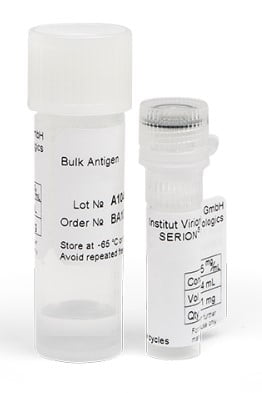

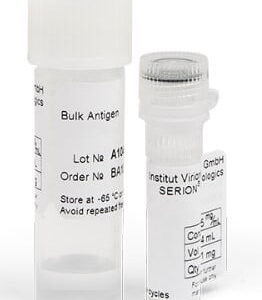
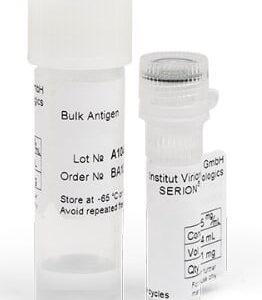
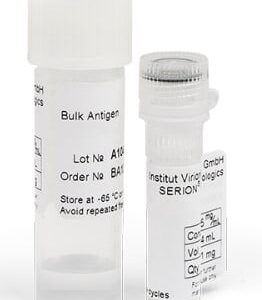

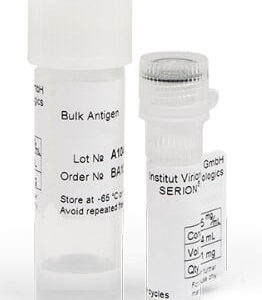
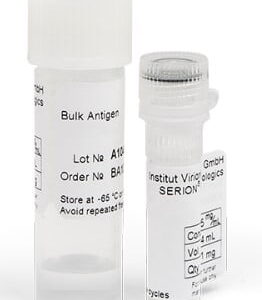
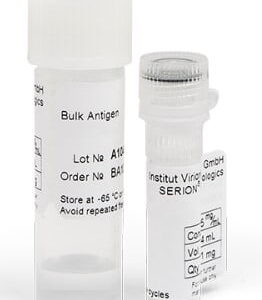
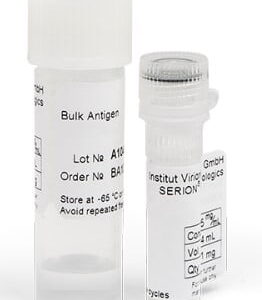

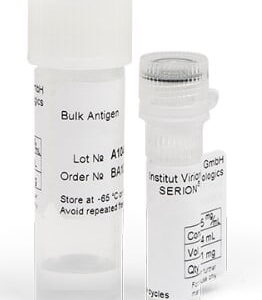
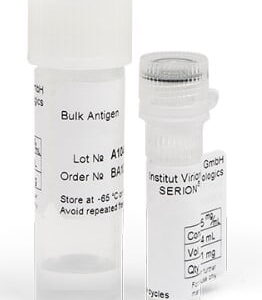
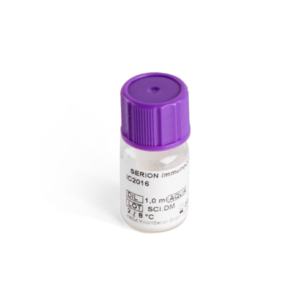
Reviews
There are no reviews yet.